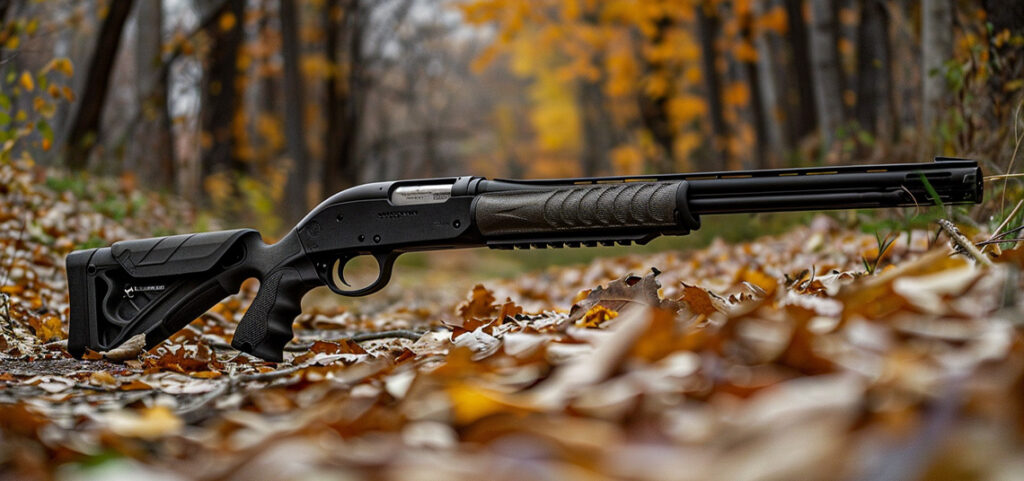Beech Wood Pistol Grip Tips: 4 Tips for Quality
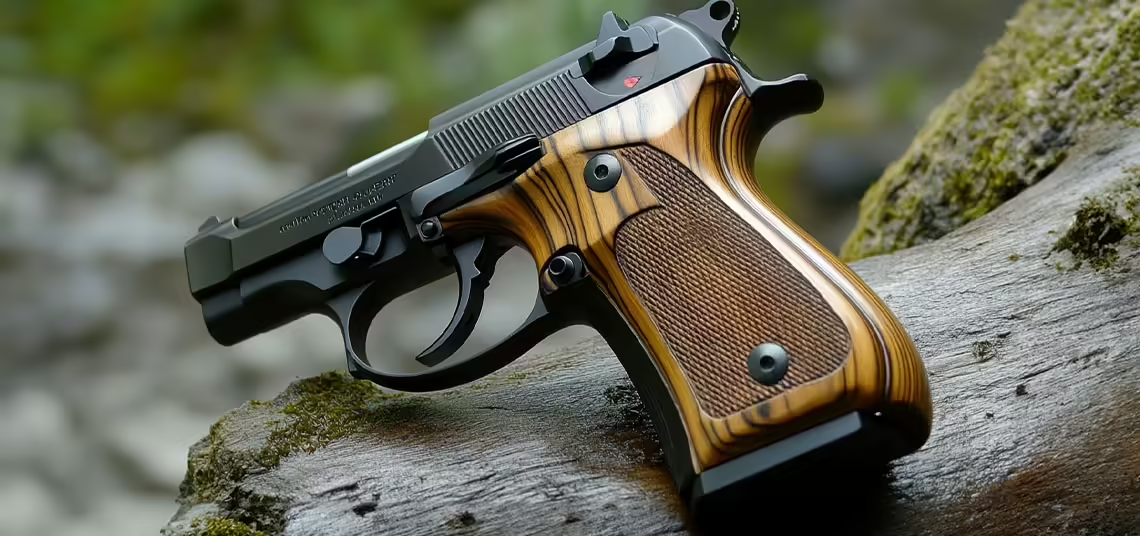
Beech wood pistol grip tips, known for its durability and aesthetic appeal, are a highly preferred material. With proper selection and processing techniques, a high-quality beech wood pistol grip can be achieved. This guide provides essential tips for crafting pistol grips using beech wood. A quality pistol grip ensures both comfort in use and longevity.
Selecting Quality Beech Wood
The first step in creating a high-quality beech wood pistol grip is selecting the right beech wood. Known for its durability and aesthetic features, choosing the correct type and quality of wood is crucial for determining the quality of the pistol grip.
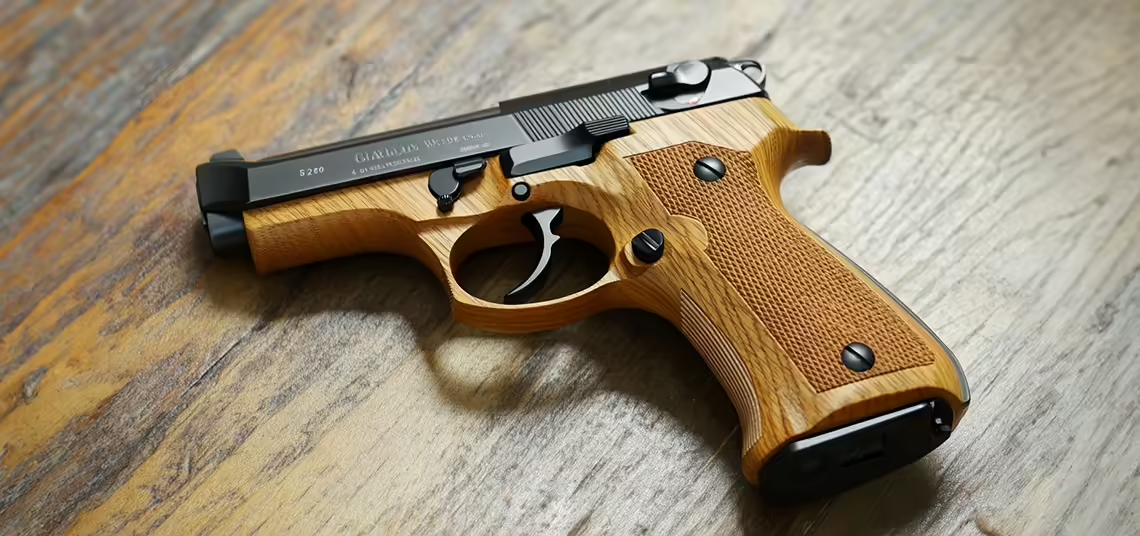
Characteristics of Beech Wood
Beech wood pistol grip tips are noted for its hard structure and fine texture. Its fine-grained structure makes it easy to work with and allows for a smooth surface finish. The wood has a light cream to reddish hue, offering an aesthetically pleasing appearance. Additionally, beech wood possesses high impact resistance and flexibility, making it an ideal material for pistol grips.
Best Types of Beech Wood
The type of beech wood used in making pistol grips significantly impacts both durability and appearance. European beech and American beech are among the most preferred types. European beech is known for its finer texture and lighter color, whereas American beech is harder and more durable. Both types provide high quality and aesthetic appeal, but the choice depends on personal preferences and the intended use.
Density and Durability of the Wood
The density of beech wood directly affects its durability and workability. High-density beech wood is harder and more durable, while low-density beech wood is easier to work with. The ideal beech wood for a pistol grip should be of medium to high density. This ensures that the grip is both durable and easy to shape. The natural structure of the wood enhances its resistance to impact and wear, providing long-lasting use.
These characteristics make beech wood an ideal material for crafting pistol grips. Selecting the right beech wood directly impacts the quality and durability of the grip.
Proper Cutting and Processing Techniques
An essential step in creating a high-quality beech wood pistol grip is using the appropriate cutting and processing techniques. Proper cutting methods and processing techniques ensure that the pistol grip is both aesthetically pleasing and functional.
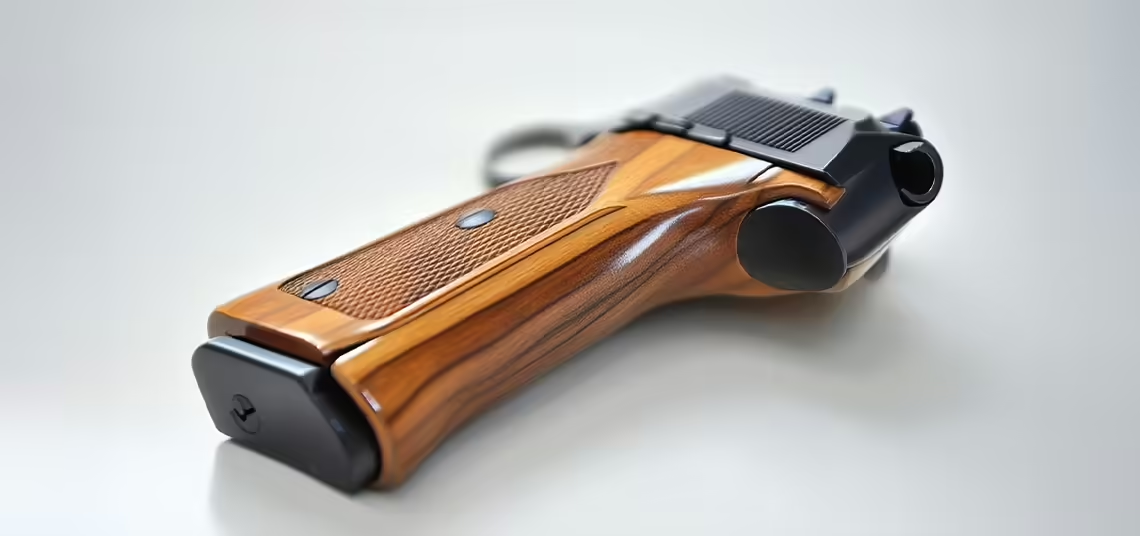
Cutting Wood for Pistol Grips
Cutting beech wood for pistol grips requires great precision. Before starting the cutting process, the wood grain must be considered. Cutting along the grain enhances the aesthetic appearance and durability of the grip. Achieving smooth and clean surfaces during the cutting process simplifies subsequent processing steps. Sharp saws or blades are essential for cutting beech wood without damaging its natural structure.
Use of Hand Tools and Machinery
Both hand tools and machinery should be correctly utilized in crafting beech wood pistol grips. Hand tools such as sandpaper, planes, and carving tools are ideal for shaping and detailing the grip. Machinery, such as milling machines and electric sanders, is suitable for larger and more complex cuts. Ensuring safety measures during machinery use is crucial for both user safety and preventing wood damage.
Proper Sanding and Surface Finishing
Surface finishing of the pistol grip is critical for both aesthetic and functional purposes. Sanding ensures that the wood has a smooth surface, facilitating better results in the finishing stage. Various grit grades of sandpaper should be used for beech wood pistol grips. Starting with coarse sandpaper and progressing to finer grits achieves a perfectly smooth surface. After sanding, varnish or polish can be applied to the surface. This highlights the natural beauty of the wood while providing protection.
Using the proper cutting and processing techniques is vital for enhancing the quality and durability of the beech wood pistol grip. These steps should be carefully followed to bring out the best aesthetic and functional properties of the wood.
Correct Coating and Finishing Methods
To ensure that a beech wood pistol grip is long-lasting and aesthetically perfect, proper coating and finishing methods must be applied. These steps highlight the natural beauty of the wood while protecting it from external factors.
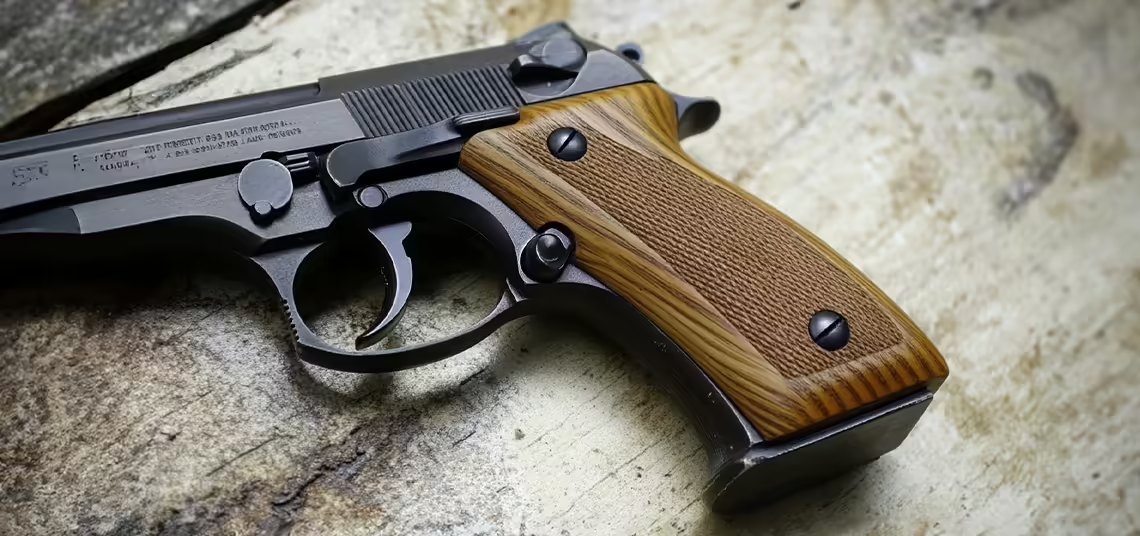
Choosing Varnish and Polish
The varnish and polish used for the pistol grip significantly affect both the appearance and durability of the wood. Among the beech wood pistol grip tips, choosing the right varnish and polish is crucial. Clear varnishes preserve the natural color of the wood, while polishes offering different color options add an aesthetic touch. High-quality varnishes protect the grip from moisture, scratches, and other external factors. Polishes should be chosen to complement the light tones of beech wood. Water-based varnishes provide an eco-friendly and durable coating for wood surfaces.
Natural Oils and Resins
Natural oils and resins maintain the natural appearance of the beech wood pistol grip while ensuring longevity. Products like linseed oil, tung oil, and beeswax penetrate the wood deeply, enhancing durability. Natural oils maintain the wood’s moisture balance, preventing issues like cracking and drying. Resins add a hard protective layer to the wood surface, providing resistance to scratches and impacts. Natural oils and resins are both eco-friendly and healthy coating options.
Coating Techniques and Application Tips
Applying the correct techniques during the coating process ensures excellent results for the beech wood pistol grip. Before coating, the surface should be thoroughly cleaned and sanded. This allows the coating to adhere better to the wood. When applying varnish or polish, thin layers should be applied with light sanding between each layer to achieve a smooth and uniform surface. When using natural oils and resins, the product should be evenly distributed across the wood surface, with excess wiped off with a clean cloth. Sufficient drying time should be allowed after the coating process.
Correct coating and finishing methods are among the most critical beech wood pistol grip tips. These methods protect the wood’s natural beauty while enhancing durability, ensuring that the pistol grip is long-lasting.
Regular Maintenance and Protection Methods
For a beech wood pistol grip to remain functional and aesthetically pleasing over time, regular maintenance and protection methods are essential. Proper maintenance practices help preserve the pistol grip’s appearance and durability.
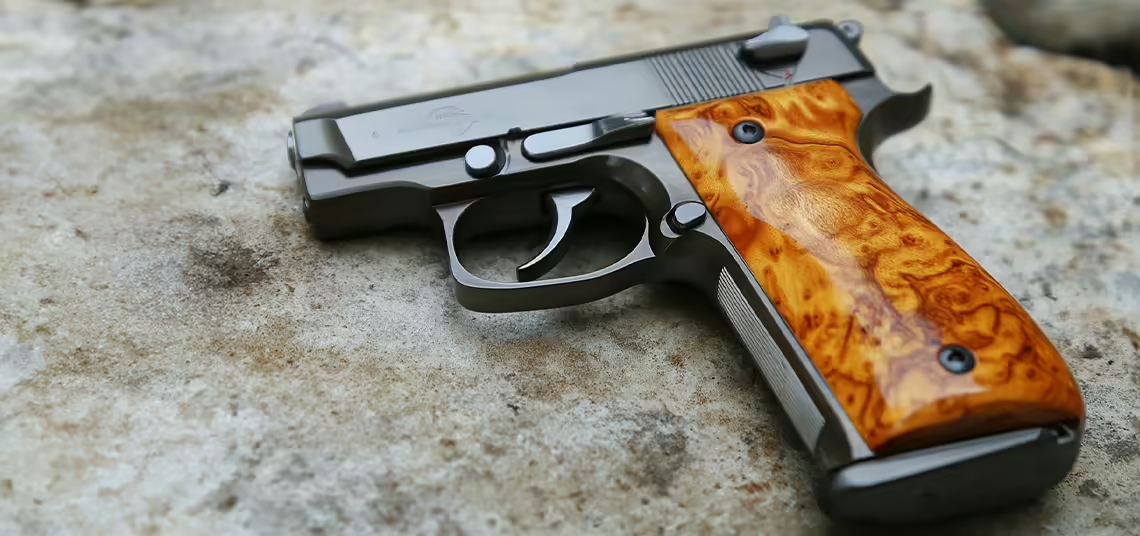
Cleaning and Maintenance Products for Grips
Cleaning a beech wood pistol grip should be done without damaging the wood’s natural structure. Non-chemical, wood-friendly products should be used during the cleaning process. Microfiber cloths prevent scratches while providing effective cleaning. Wood cleaners and maintenance products preserve the grip’s shine and natural texture while offering cleaning and maintenance benefits. Regular cleaning removes dust and dirt from the pistol grip, preventing buildup that can shorten the grip’s lifespan.
Scratch and Damage Repair
Scratches and damage that may occur over time on a beech wood pistol grip can be repaired using appropriate methods. Minor scratches can be smoothed with sandpaper. After sanding, the surface can be re-polished to restore its original shine. Wood filler can be used for deep scratches and damage. Wood filler is applied to the damaged area, allowed to dry, then sanded smooth. After this process, polish or varnish can be applied to protect the surface. Repair procedures are vital among beech wood pistol grip tips, as proper application restores the grip’s aesthetic and functional qualities.
Tips for Protection from Moisture and Heat
Protecting a beech wood pistol grip from moisture and heat is crucial for the wood’s longevity. Wood can warp or crack due to moisture and temperature changes. To prevent this, the grip should be kept away from excessively humid or very dry environments. Storing the grip in a stable humidity environment maintains the wood’s natural structure. Additionally, the pistol grip should be kept out of direct sunlight, which can cause the wood to fade and the surface to deteriorate. Wood protective products help the grip resist moisture and heat changes. These products create a protective layer on the wood surface, providing extra protection against external factors.
Among beech wood pistol grip tips, regular maintenance and protection methods are vital for preserving the wood’s aesthetic and durability characteristics. Proper maintenance practices ensure that the pistol grip is long-lasting and performs optimally during use.
Creating a high-quality beech wood pistol grip requires selecting the right material, using proper cutting and processing techniques, applying correct coating and finishing methods, and following regular maintenance and protection practices. These steps ensure that the pistol grip is both aesthetically pleasing and functional. Paying attention to these tips will bring out the best in the natural beauty and durability of beech wood.
For more information and to explore high-quality pistol grip products, visit ZIB Grips. ZIB Grips aims to meet users’ needs by offering high-quality beech wood pistol grips. On the website, you can see the variety of products and find detailed information. Additionally, you can contact their expert team for support through the contact information provided. Click the link now to discover the quality and durable pistol grip products offered by ZIB Grips.

